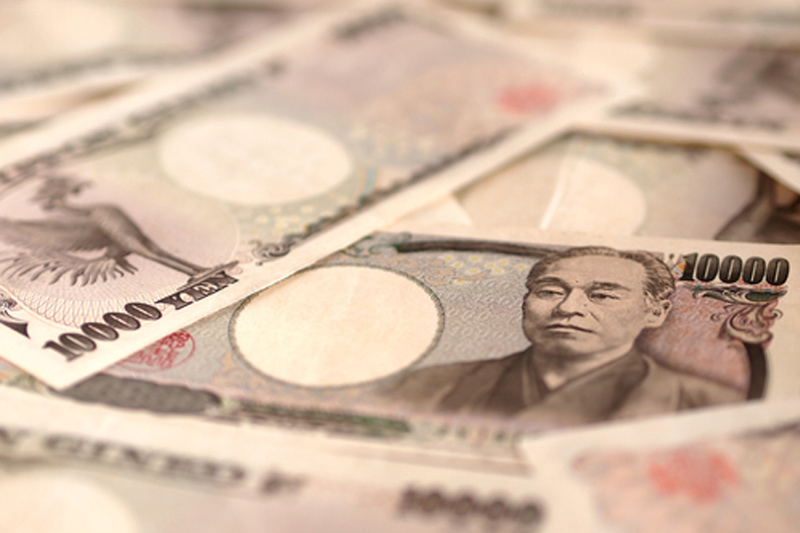Investing.com - The yen reversed earlier weakness and gained on Monday in Asia with markets on watch for central bank intervention following recent sharp gains.
USD/JPY changed hands at 107.95, down 0.14%, while AUD/USD traded at 0.7564, up 0.11%.
Consumer prices for March in China fell 0.4%, more than the expected 0.3% decline month-on-month and up 2.3% year-on-year, less than the 2.5% gain seen, according to official data released on Monday.
Earlier, in Japan, core machinery orders dropped 0.7% for February, less than the 2.7% fall seen year-on-year. In Australia, home loans for February rose 1.5%, less than the 2.0% gain seen.
The U.S. dollar index, which measures the greenback’s strength against a trade-weighted basket of six major currencies, was down 0.13% to 94.10.
In the week ahead, investors will be turning their attention to inflation reports from the U.S., Europe and China for any indications that central bank stimulus has helped to spur price growth.
Data on first quarter Chinese growth on Friday will also be closely watched amid persistent fears over a slowdown in the world’s second-largest economy.
Last week, the dollar ended slightly lower against the yen on Friday as investors shrugged off comments by Japan’s finance minister aimed at weakening the currency.
The dollar initially gained ground against the yen after Japan’s Finance Minister Taro Aso said that rapid currency moves were undesirable and the yen’s moves were one-sided, flagging a possible intervention by authorities to weaken the currency.
But the dollar reversed early gains amid expectations that Japanese officials will hold off any actions to stem the yen’s gains until at least after next week's G20 meetings in Washington.
The Bank of Japan shocked markets with its decision to adopt negative interest rates earlier this year but the yen has continued to strengthen, posing a challenge to the central bank’s attempts to spur price growth.
The dollar has been hit by the view that the Federal Reserve is likely to stick to a cautious approach towards raising interest rates in the coming months.
Lower interest rates make the dollar less attractive to yield seeking investors.
